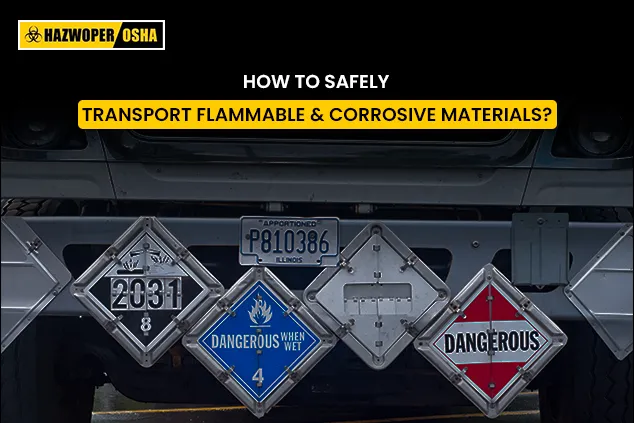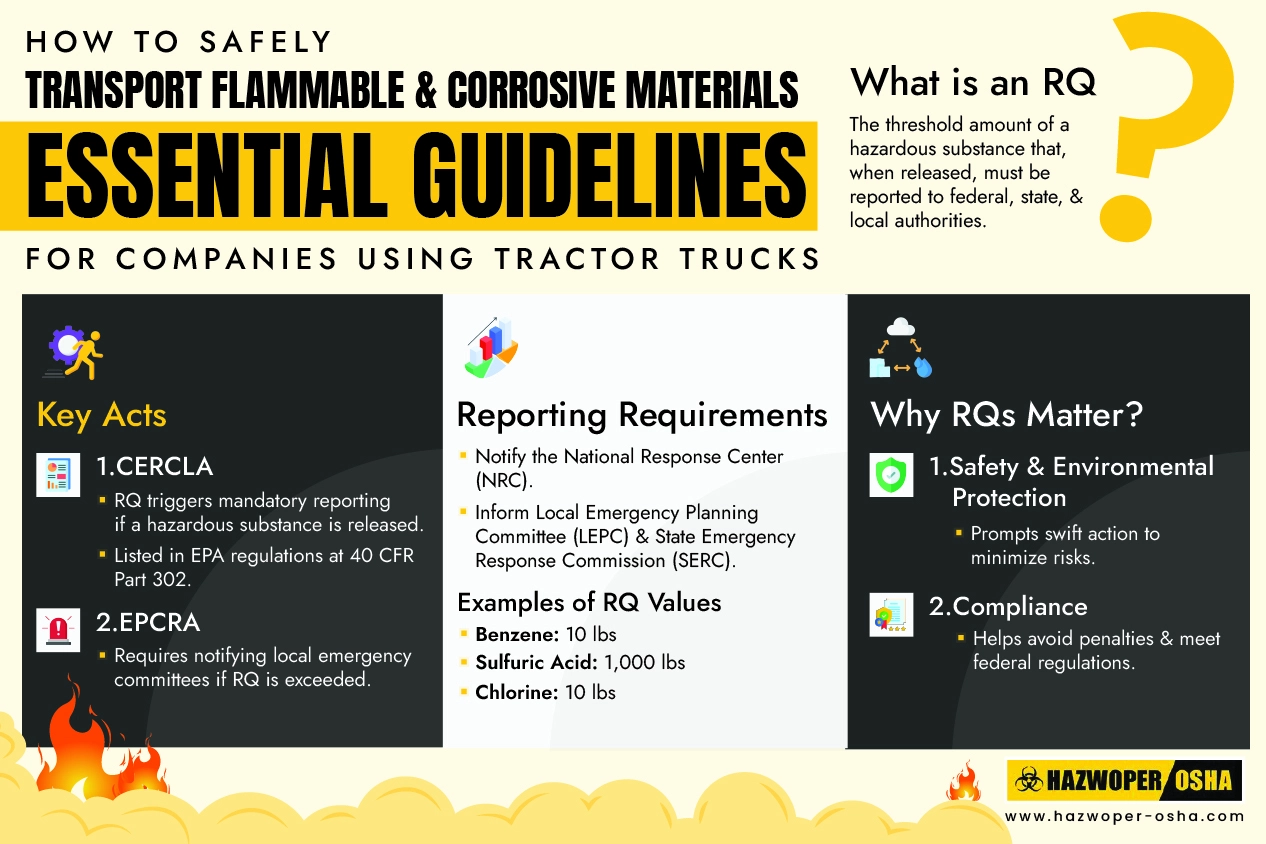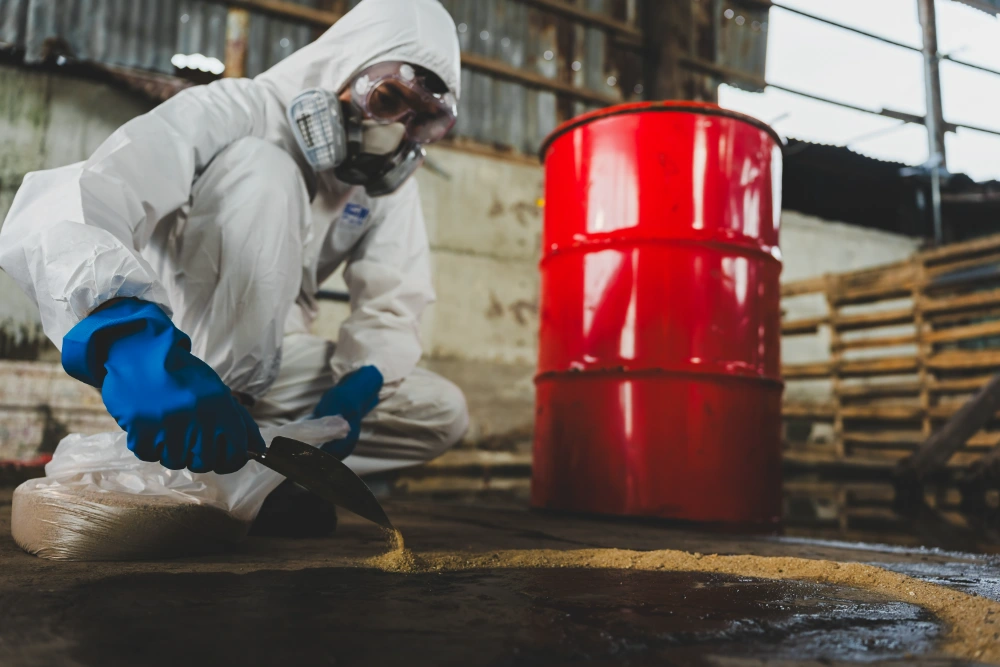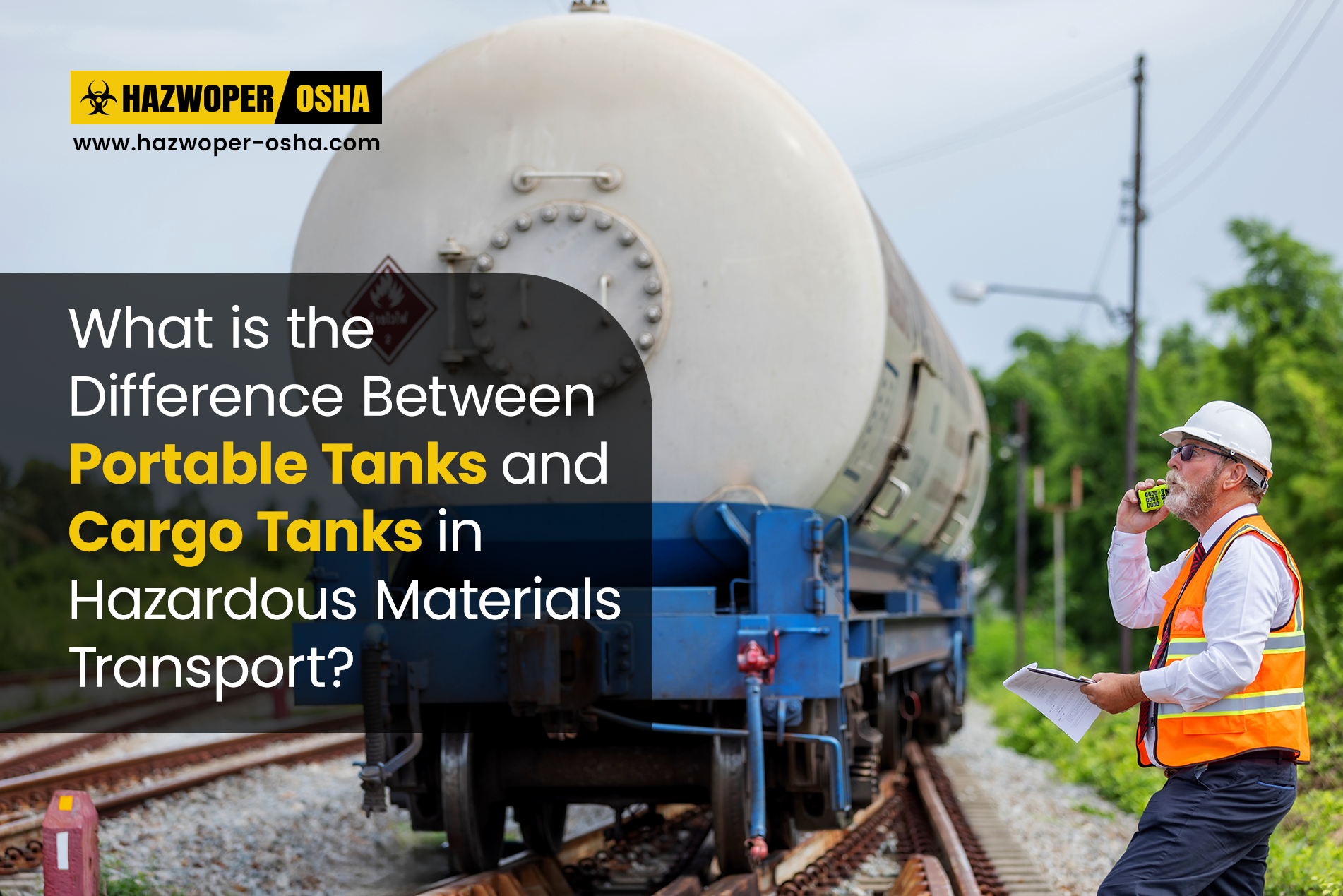How to Safely Transport Flammable and Corrosive Materials: Essential Guidelines for Companies Using Tractor Trucks

Transporting flammable and corrosive materials requires strict adherence to regulations to ensure safety and compliance. Here are key areas to focus on to educate your company:
1. Regulatory Compliance
- DOT Regulations: Familiarize yourself with the Hazardous Materials Regulations (HMR; 49 CFR Parts 100-185) from the Department of Transportation (DOT).
- EPA Regulations: Understand the Environmental Protection Agency's (EPA) requirements for hazardous waste transportation, including proper labeling and documentation.
- OSHA Standards: Ensure all employees involved in transporting hazardous materials are trained according to OSHA standards.
2. Proper Packaging
- Approved Containers: Use DOT-approved containers for the specific hazardous material being transported, including small containers and large totes.
- Secondary Containment: Implement secondary containment to prevent leaks or spills during transportation.
3. Labeling and Documentation
- Hazard Labels: Clearly label all containers with appropriate hazard labels and placards.
- Shipping Papers: Maintain accurate shipping papers with proper shipping names, hazard classes, UN/NA numbers, and packing groups.
4. Vehicle Requirements
- Proper Vehicle: Ensure the vehicle used for transportation is suitable for carrying hazardous materials and is properly placarded with necessary safety equipment.
- Inspection and Maintenance: Regularly inspect and maintain vehicles to ensure they meet all safety standards.
5. Employee Training
- Hazmat Training: Provide comprehensive hazmat training, including general awareness, function-specific, safety, and security training. Start here.
- Emergency Response: Train employees on emergency procedures for spills, leaks, or accidents during transportation.
6. Safety Procedures
- Loading and Unloading: Follow safe procedures for loading and unloading hazardous materials.
- Spill Response: Implement a spill response plan and ensure employees are trained to execute it.
7. Record Keeping
- Training Records: Maintain records of all employee training related to hazardous materials transportation.
- Incident Reports: Keep detailed reports of any hazardous materials incidents, including spills, leaks, or accidents.
What Is a Reportable Quantity (RQ) and Why Is It Important for Hazardous Material Compliance?
A "Reportable Quantity" (RQ) defines the threshold amount of a hazardous substance that, if released, must be reported to federal, state, and local authorities. Here’s a detailed explanation:
Definition and Context
- CERCLA (Comprehensive Environmental Response, Compensation, and Liability Act):
- The RQ is the amount of a hazardous substance that triggers mandatory reporting if released into the environment.
- RQ values for specific substances are listed in the EPA’s regulations at 40 CFR Part 302, Table 302.4.
- EPCRA (Emergency Planning and Community Right-to-Know Act):
- EPCRA requires notification of local emergency planning committees and response teams if hazardous substances exceed their RQ.
Reporting Requirements
If a release exceeds its RQ:
- The release must be immediately reported to the National Response Center (NRC).
- The person in charge must also notify state and local authorities, including the Local Emergency Planning Committee (LEPC) and the State Emergency Response Commission (SERC).
Examples of RQ Values
- Benzene: 10 pounds.
- Sulfuric Acid: 1,000 pounds.
- Chlorine: 10 pounds.
Importance of RQs
- Safety and Environmental Protection: RQs ensure timely response to hazardous releases, minimizing environmental damage and protecting public health.
- Compliance: Adhering to RQ requirements helps organizations stay compliant with federal regulations and avoid penalties.

Do You Need Documentation to Transport Just 1 Gallon of Flammable Liquid?
Even small quantities of hazardous materials, such as 1 gallon of flammable liquid, typically require proper documentation and adherence to specific regulations. Here's what you need to know:
Regulatory Requirements
- DOT Regulations: The U.S. Department of Transportation regulates the transportation of hazardous materials, including flammable liquids. Key regulations include:
- Proper Shipping Name: Identify the material by its proper shipping name as specified in the Hazardous Materials Table (49 CFR 172.101).
- Hazard Class: Flammable liquids fall under Hazard Class 3.
- Packaging: Use DOT-approved containers and packaging for flammable liquids.
- Labeling and Placarding: Properly label and, if necessary, placard the vehicle carrying the hazardous material.
- Shipping Papers: Include details like proper shipping name, hazard class, UN/NA number, packing group, total quantity, and emergency contact information.
- Marking and Labeling: Mark the container with the proper shipping name, identification number, and hazard labels indicating the substance's flammability.
Exemptions and Exceptions
- Limited Quantities: There are exceptions for limited quantities of hazardous materials, but proper marking and labeling are still required.
- 49 CFR 173.150: This section outlines exceptions for small quantities of flammable liquids. If transporting flammable liquids in containers not exceeding 1 liter (0.26 gallons), certain exceptions apply.
Practical Steps
- Determine Applicability: Check the regulations for the flammable liquid you are transporting to see if any exemptions apply.
- Prepare Documentation: Ensure all required shipping papers are prepared and accompany the shipment.
- Mark and Label: Properly mark and label the containers and vehicle according to DOT requirements.
- Employee Training: Ensure employees are trained in handling hazardous materials and aware of the documentation requirements.
Is It True That Hazardous Materials Under 1,001 Pounds Don’t Require Documentation?
The belief that hazardous materials only need documentation if they total 1,001 pounds or more may stem from specific DOT regulations, but this is not a general rule for all hazardous materials. Here are key points to clarify:
General Rule for Documentation
- Hazardous Materials Regulations (HMR): Under DOT regulations (49 CFR Parts 100-185), all hazardous materials must be properly documented, regardless of weight, unless a specific exception applies.
- Shipping Papers: Generally required for any amount of hazardous material, including the proper shipping name, hazard class, UN/NA number, packing group, and emergency contact information.
Limited Quantity and Small Quantity Exceptions
- Limited Quantity Exceptions (49 CFR 173.150 - 173.156): Certain hazardous materials shipped in limited quantities may have reduced requirements for labeling, marking, and documentation.
- Small Quantity Exceptions (49 CFR 173.4): Small quantities of hazardous materials may be exempt from some regulations if they meet specific criteria, such as packaging limits and hazard class.
The 1,001-Pound Rule
- Placarding Requirements: The 1,001-pound rule typically refers to placarding requirements. Placards are generally required for shipments exceeding 1,001 pounds aggregate gross weight (49 CFR 172.504(c)).
- Documentation: Even if placarding is not required, shipping papers are generally still required unless the material falls under a specific exception.
Specific to Flammable Liquids
- Documentation: Flammable liquids, regardless of quantity, generally require proper documentation, including shipping papers detailing the proper shipping name, hazard class, and other necessary information.
- Exceptions: If transporting flammable liquids under limited quantity exceptions, certain documentation requirements might be relaxed, but marking and packaging requirements still apply.
Resources for Further Learning
- PHMSA (Pipeline and Hazardous Materials Safety Administration): Offers resources and training programs for hazardous materials transportation.
- EPA Hazardous Waste Transportation: Provides guidelines and regulations for hazardous waste transportation.
- OSHA Hazardous Materials Standards: Details the requirements for safe handling and transportation of hazardous materials.
Recommended Actions
- Conduct a Compliance Audit: Evaluate your current transportation practices against regulatory requirements to identify gaps.
- Develop a Training Program: Create a comprehensive training program for all employees involved in hazardous materials transportation.
- Implement Safety Measures: Ensure all safety procedures and equipment are in place and regularly reviewed.
By taking these steps, your company can ensure the safe and compliant transportation of flammable and corrosive materials.

 EN |
EN |  ES
ES
































































































































